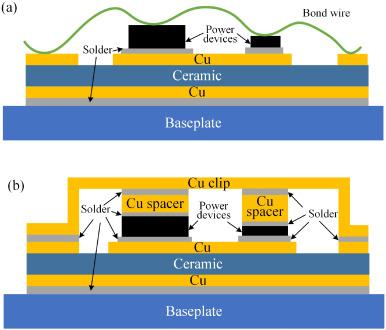
Betaine surfactants Sodium decyl alcohol sulphate CAS 142-87-0
Betaine surfactants
It is produced by the response of fatty tertiary amines and sodium chloroacetate, consisting of cocoylpropyl betaine, dodecyl betaine, cetyl betaine, and lauroyl propyl betaine. It is milder than the initial 3 and is currently the primary surfactant in child shampoo.
In 1940, the American DuPont Firm invented and applied this type of compound. Like amino acid surfactants, this kind of surfactant has solid detergency and reduced irritation, and the solution is weakly acidic. Pet experiments have shown that this type of substance is much less hazardous. It is an excellent surfactant.
( surfactants in shampoos)
Amino acid surfactants
Made from a combination of coconut oil and amino acids, it is safe, mild, and non-irritating. The most crucial point is that it is naturally weakly acidic and satisfies the pH requirements of healthy and balanced skin and hair. It is the suitable surfactant in infant hair shampoo. They are “cocoyl glycine,” “cocoyl glutamate disodium,” and so on
From the perspective of chemical homes, its pH worth is between 5.5 and 6.5, which is weakly acidic and near to the pH worth of human skin. Therefore, it is mild and skin-friendly and appropriate for all hair types; amino acid surfactants are zwitterionic and easily soluble in water. It is very easy to wash tidy.
However it also has limitations. Amino acid surfactants are several to lots of times much more pricey than common surfactants, and the majority of are hair shampoos specially created infants and children. The disadvantages of amino acid surfactants are that they are not rich in foam and have weak decontamination capacity.
The sensation of solidification and turbidity of surfactants in winter is generally as a result of the low temperature triggering a few of its parts to take shape or speed up.
(surfactants in shampoos)
What happens if surfactant solidifies and comes to be turbid in winter?
This is a physical sensation and does not have a substantial influence on the performance of surfactants. In order to resolve this problem, the adhering to methods can be taken:
1. Increase the temperature level: Put the surfactant in a cozy environment or boost its temperature level by home heating to ensure that the taken shape or sped up parts will slowly liquify and the surfactant will return to a clear state. However, it should be kept in mind that the temperature ought to be avoided when warming to avoid affecting the surfactant’s performance.
2. Mixing: For surfactants that have strengthened or become turbid, they can be restored to a consistent state by mixing. Stirring can help crystallized or sped up ingredients redisperse into the liquid and improve surfactant clarity.
3. Add solvent: In many cases, a suitable quantity of solvent can be added to thin down the surfactant, thereby enhancing its coagulation and turbidity. However, the included solvent should be compatible with the surfactant and should not impact its usage effect.
Distributor of Surfactant
TRUNNANOÂ is a supplier of surfactant with over 12 years experience in nano-building energy conservation and nanotechnology development. It accepts payment via Credit Card, T/T, West Union and Paypal. Trunnano will ship the goods to customers overseas through FedEx, DHL, by air, or by sea. If you are looking for high-quality Sodium decyl alcohol sulphate CAS 142-87-0, please feel free to contact us and send an inquiry.
Inquiry us


